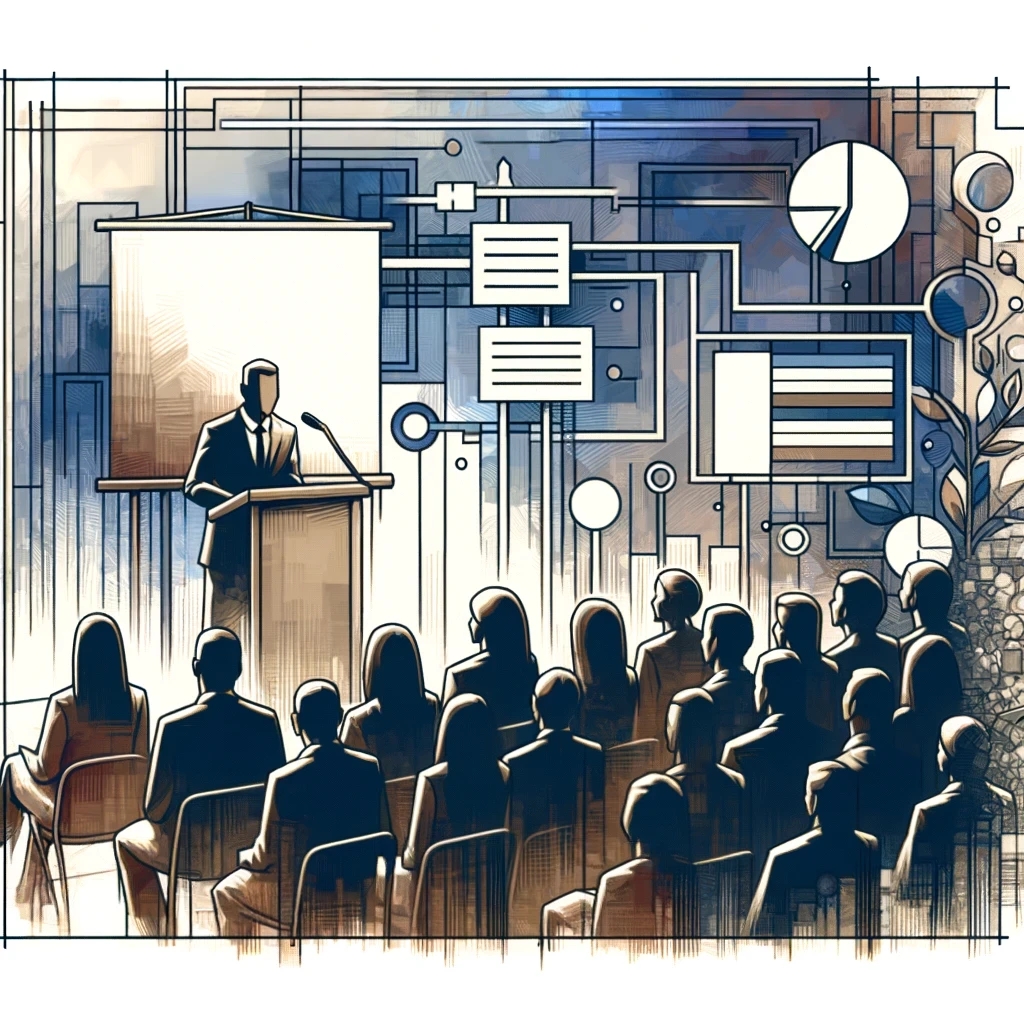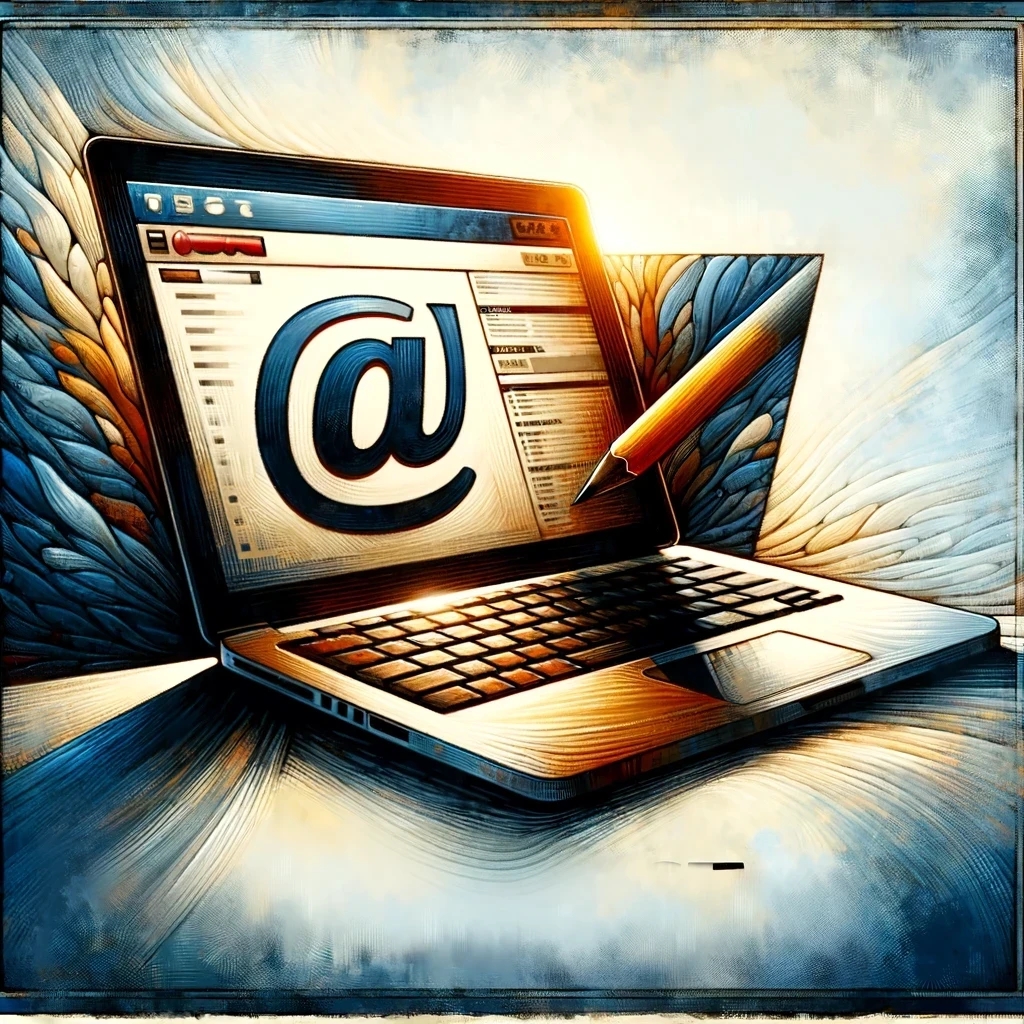Brainstorming Keywords Using AI
When searching for academic literature, having the right language is key. Experts may use different terms for your topic, so be flexible in your searches. Don’t fear using AI for brainstorming research – it’s more than a plagiarism machine. Map out your search with a mind map and consider AI-generated search terms. Experiment with different…











